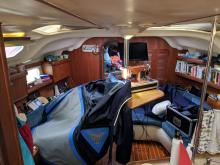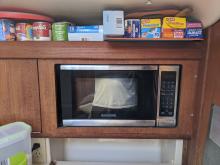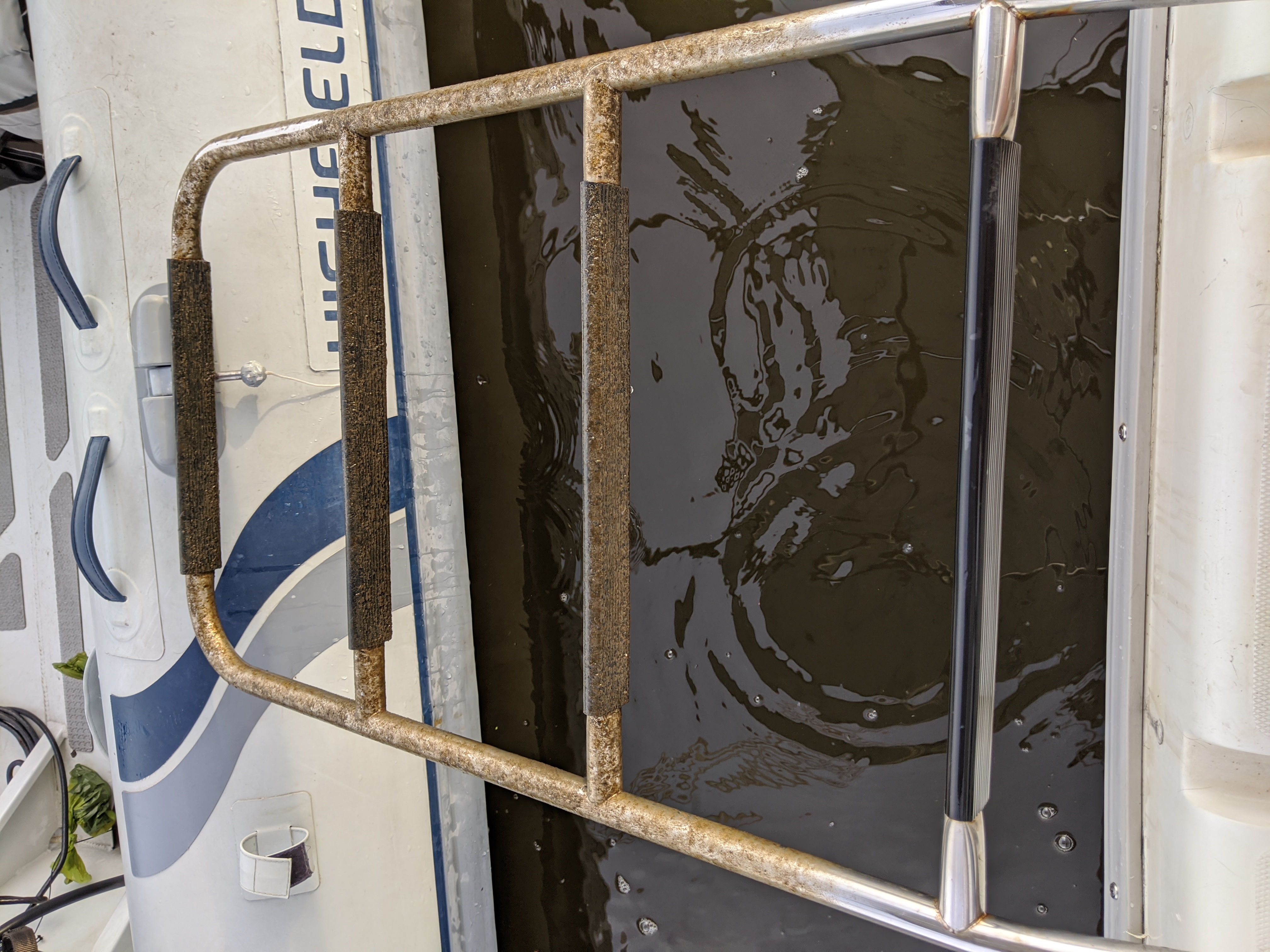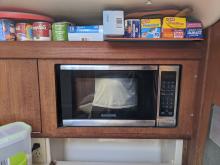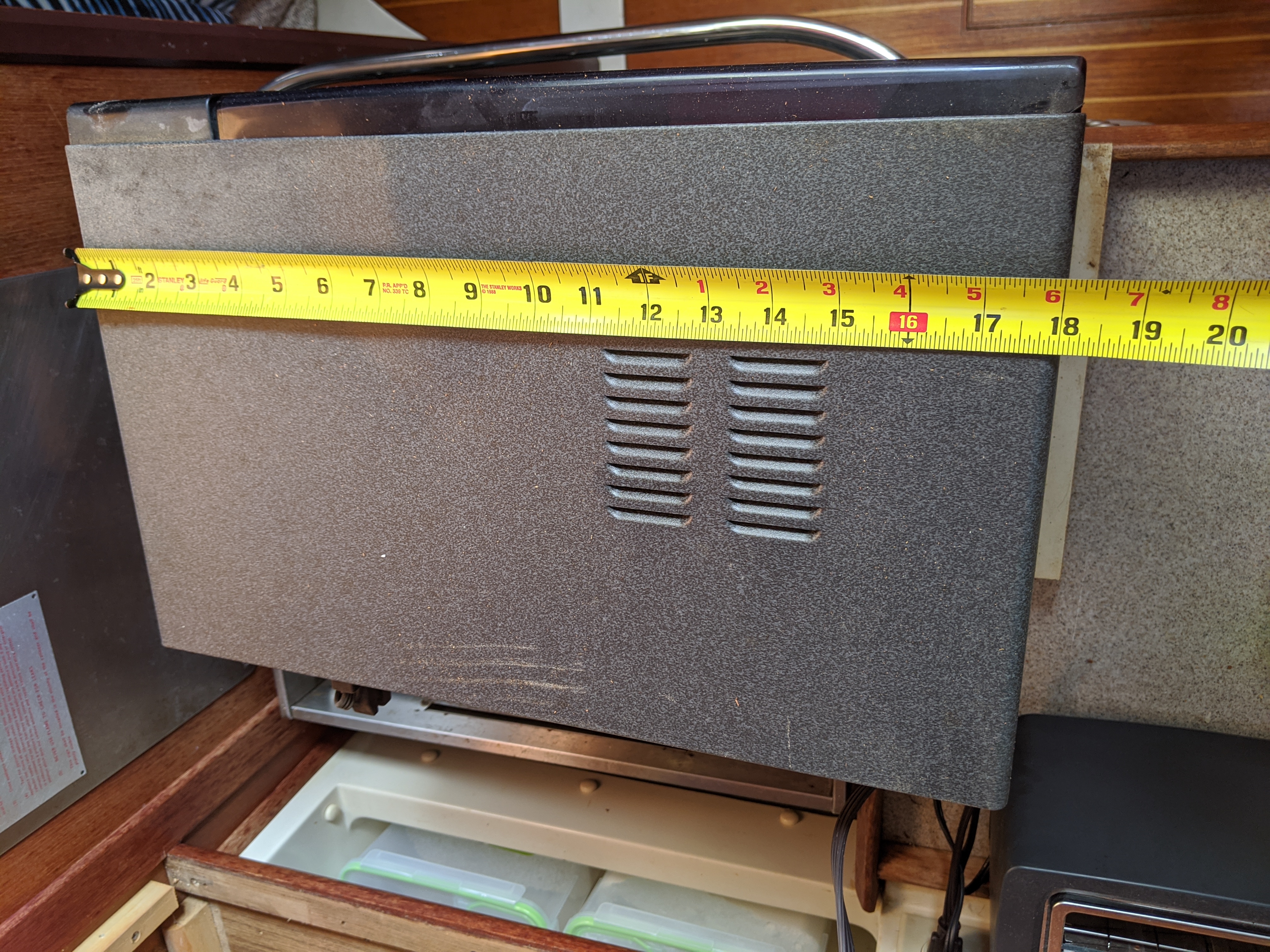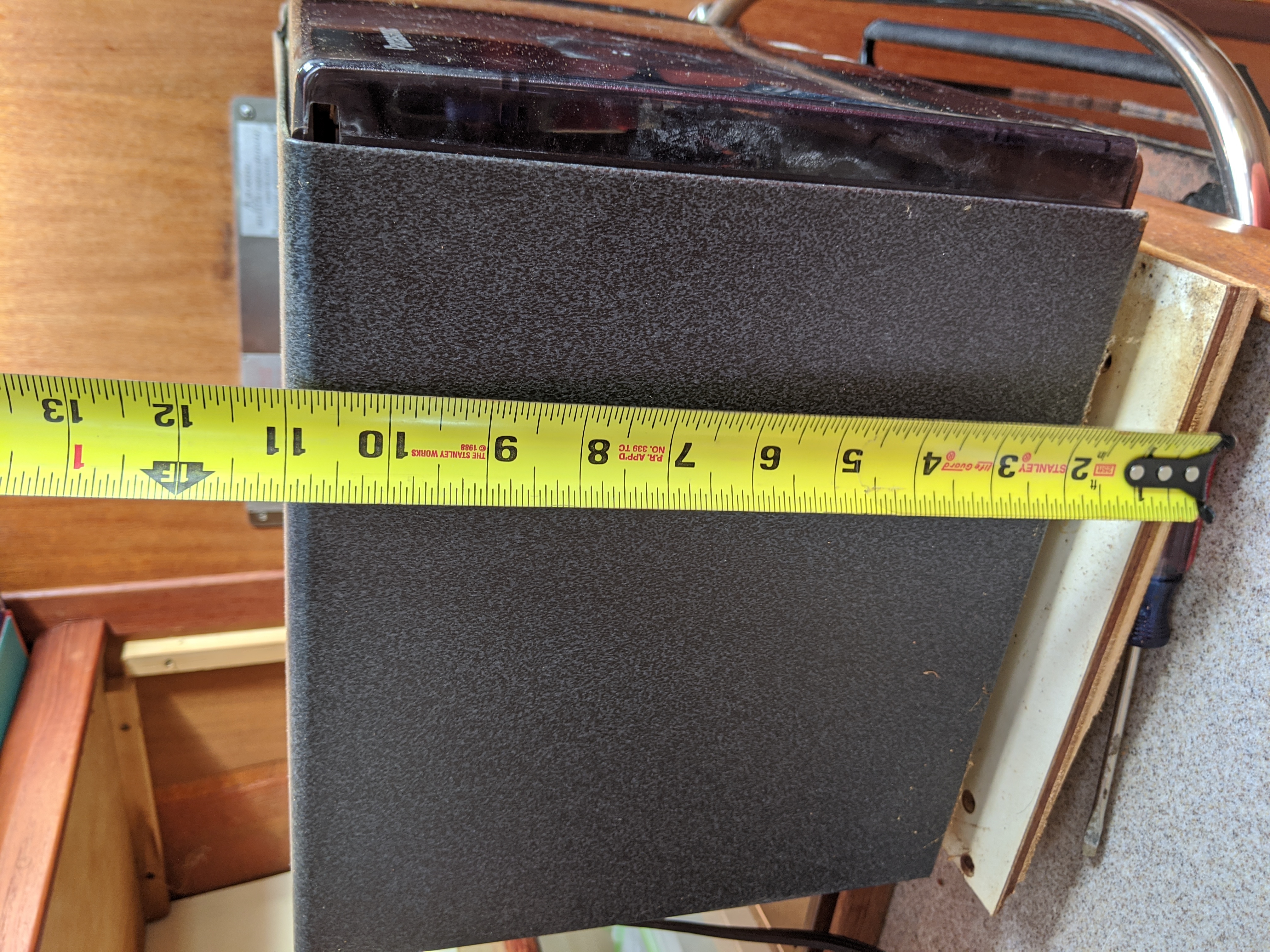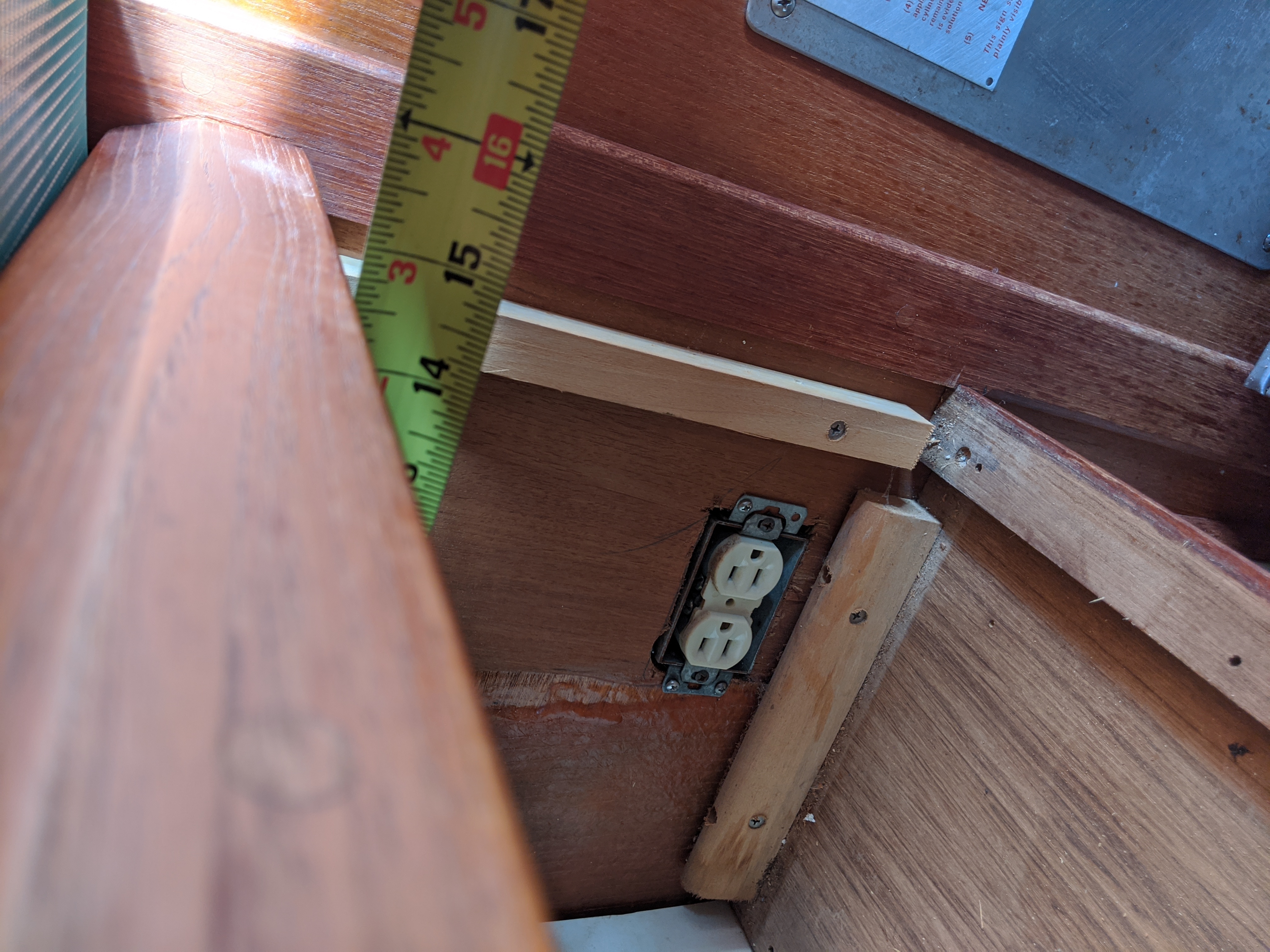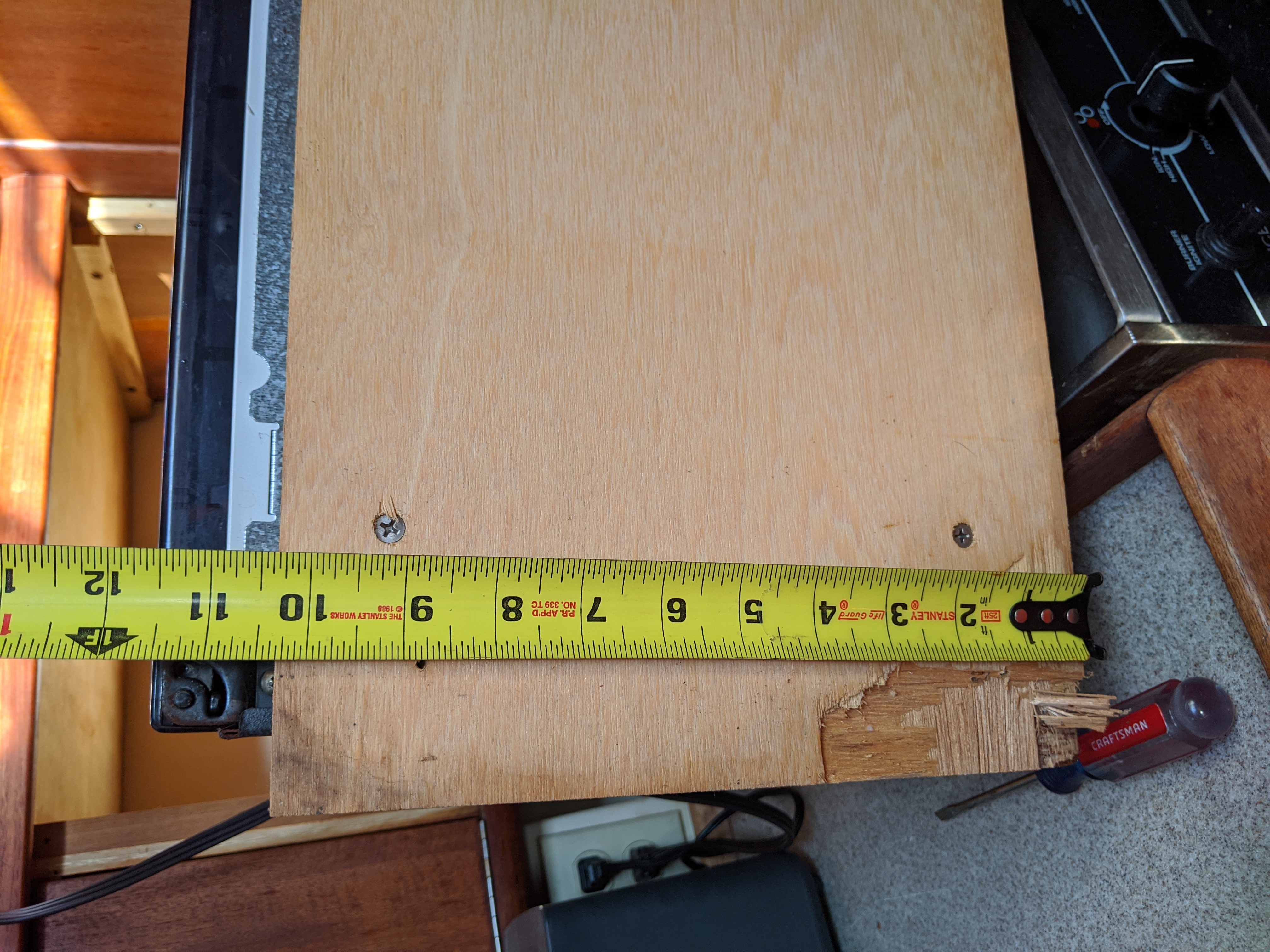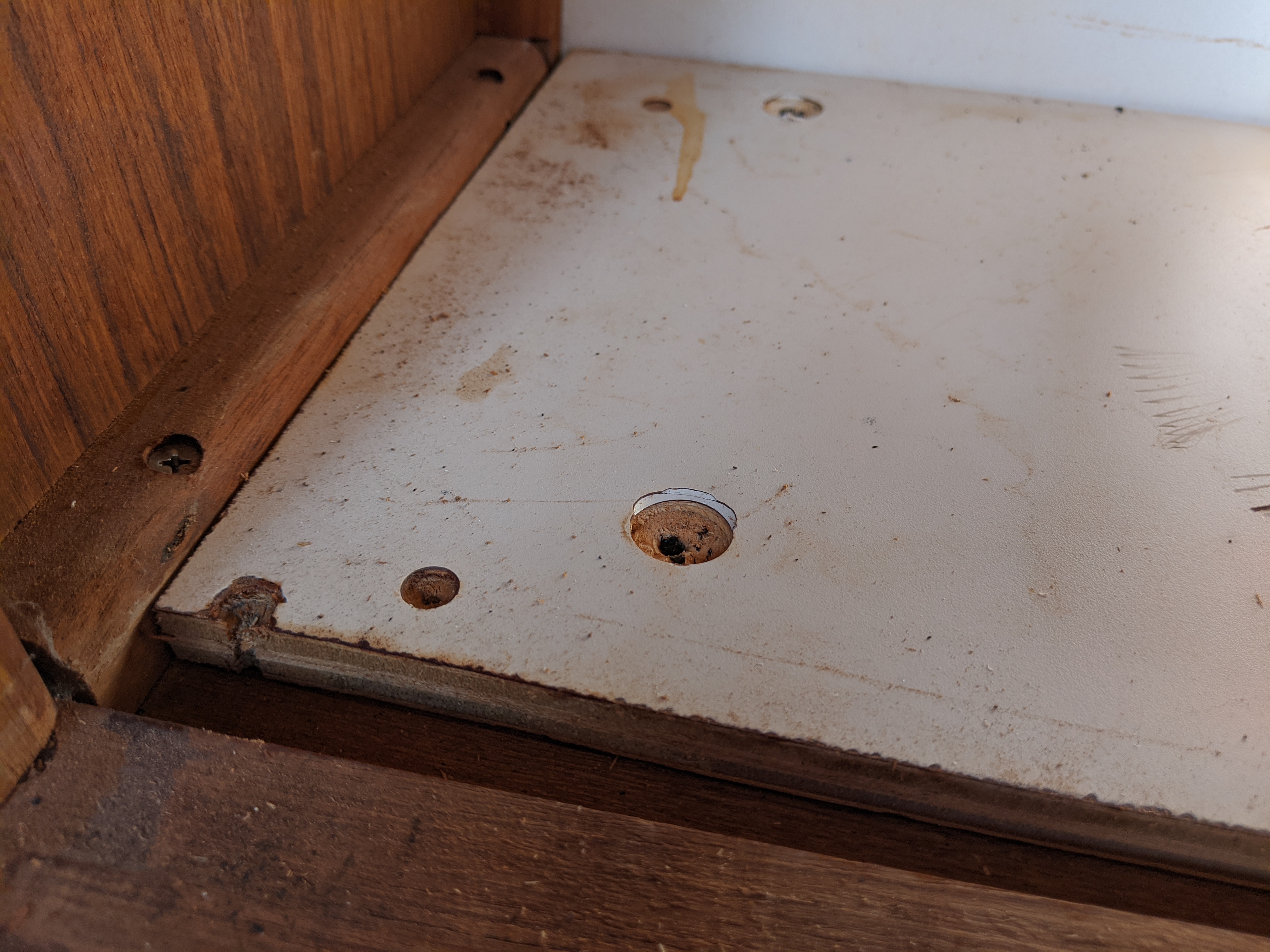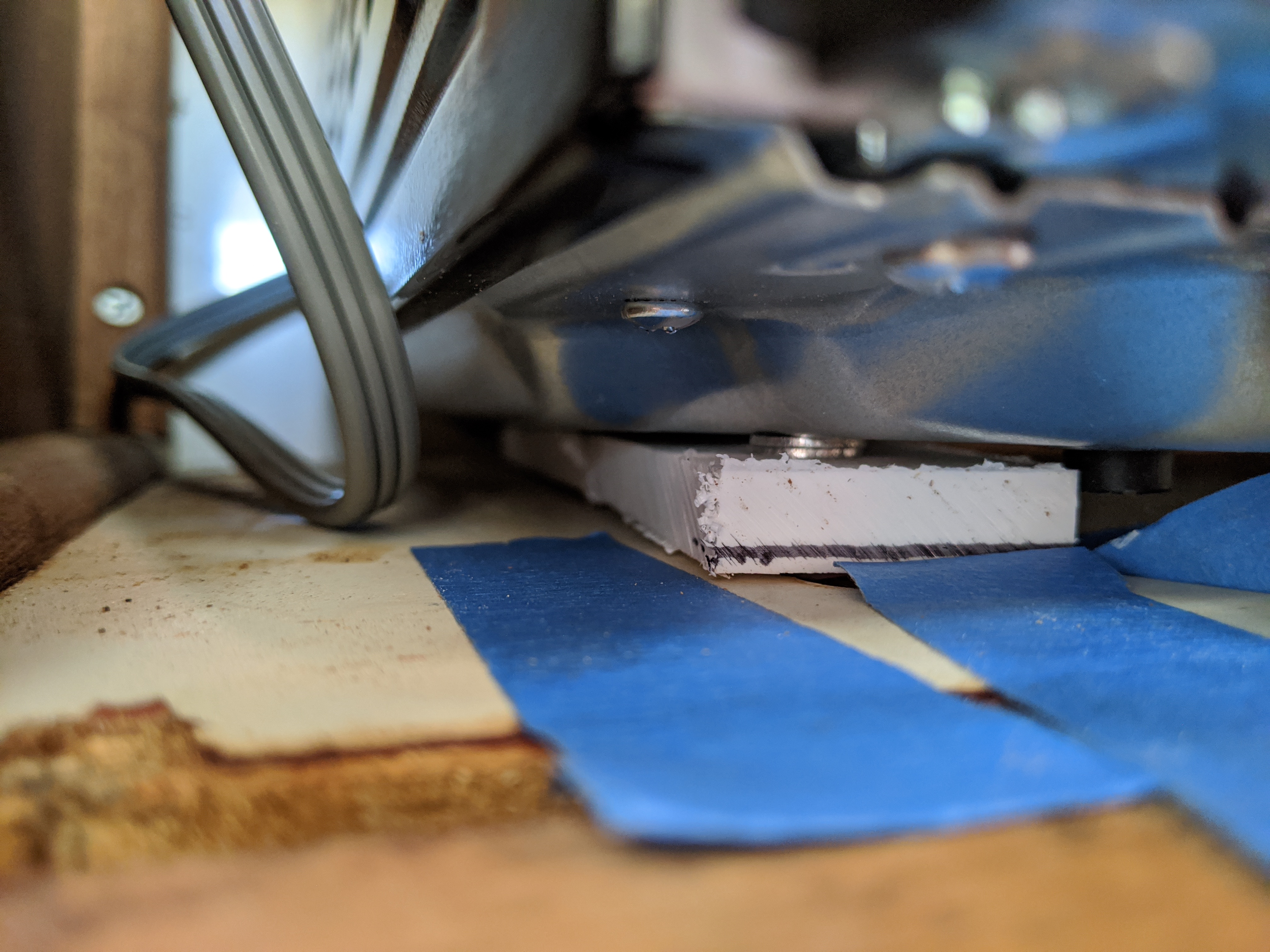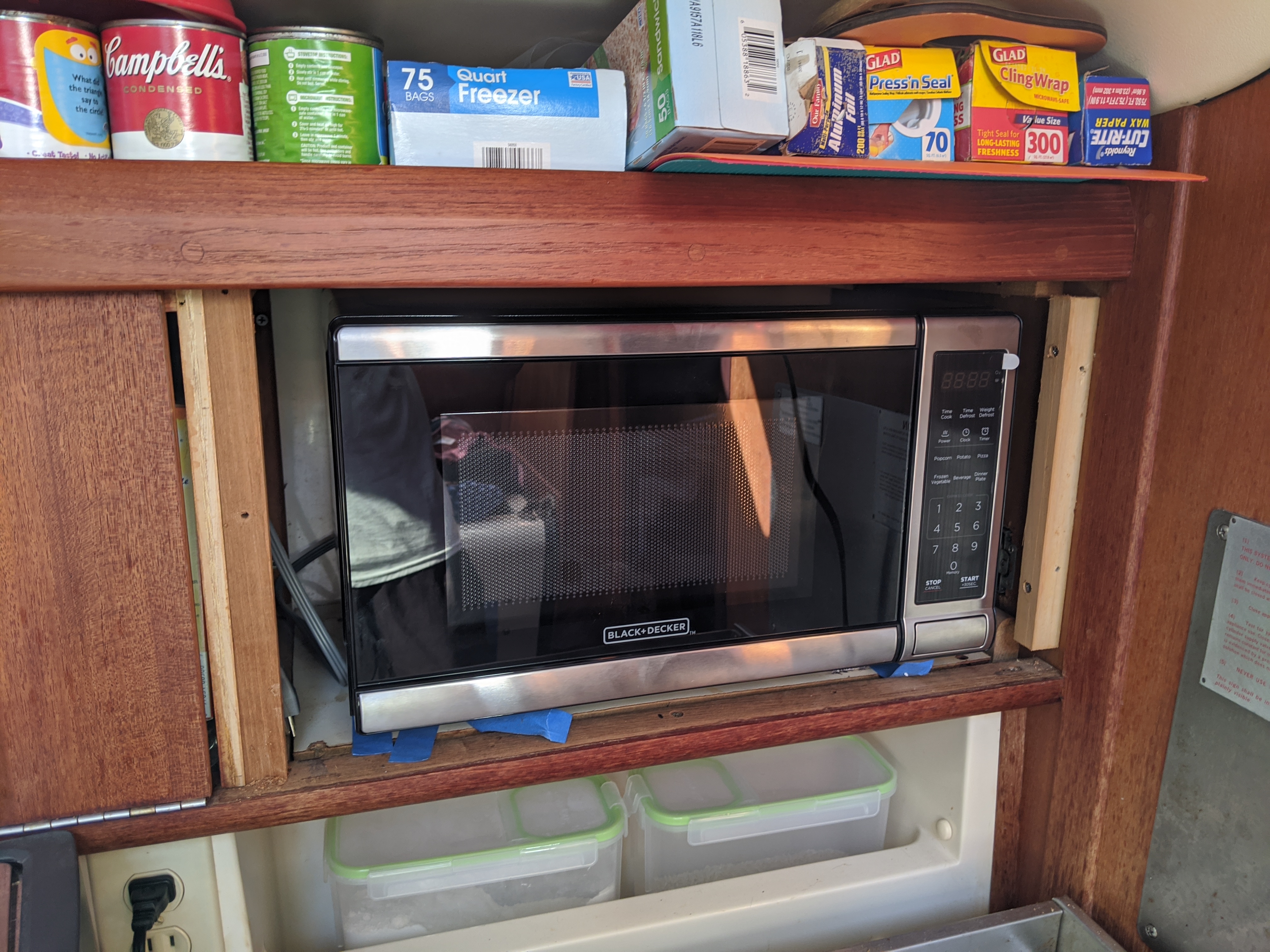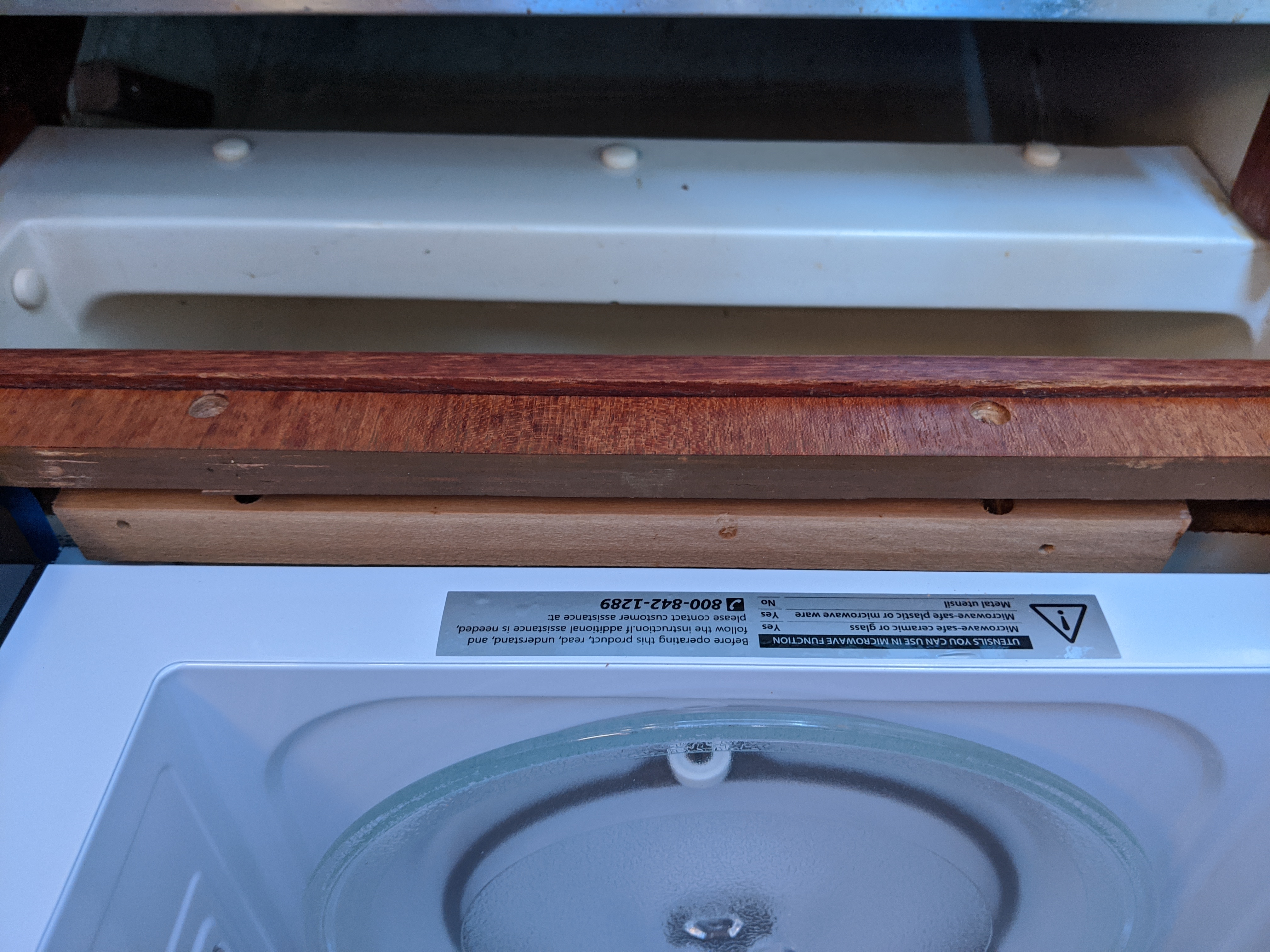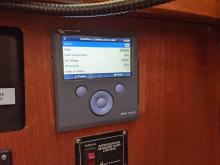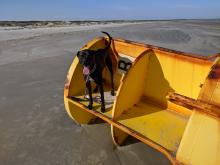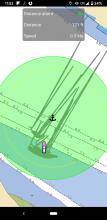We arrived in Stuart on December 13th. All the mooring balls were full so we anchored between the mooring field and shore for two nights. We went to the marina office to get a couple packages that we had shipped in. We could not find one package, and the next day someone had returned it after they realized they had mistakenly taken ours. Then in the morning I was out and about in the dinghy and saw that a mooring ball out in the far field was open. So I tied a fender to it and then we prepared to move over there. On the way we stopped at the fuel dock and a guy was there on his dinghy. Somehow we found out that he was hoping to get on that mooring ball which we had just claimed, and he was currently on one closer in. But he had a bigger boat than was supposed to be on his current ball. So we agreed to trade and got the closer mooring ball (after some debate with the office about technicalities of whether even our boat was too big for that closer mooring ball). We enjoyed the marina's Christmas party that night with Steve and Susie.
Then construction of the new cockpit canopy (combination spray dodger and bimini) started. I installed the new stainless steel bow and then rigged all the tubing in place with strapping tape. Then I put up pieces of patterning material, basically building a temporary complete canopy in place. We removed those pieces and traced them onto fabric in the marina lounge late one evening when it wouldn't bother too many people. They were big pieces--most of them 12-14' long and 3 feet wide.
My dad was going to be arriving in a few days to spend the holidays with us and hopefully cross to the Bahamas with us, weather dependent of course. So we needed to get south towards Miami to work towards that goal, but we decided to stay in Stuart to finish the canopy. So for the next three days I spent 8-10 hours each day sewing on the boat. The first day was hot so it was a sweaty process slinging around all of that heavy fabric. The next couple days were cooler so then it was just normal exhaustion by the end of the day. It was fascinating to see how slowly and poorly I would sew on the last stitches of the day but then the next morning the very same thing would seem easy and turn out so well! You have to know when to call it a day.
Eventually all the pieces were assembled so it was time for a test fit. Amazingly it went up and stayed up! It was slightly loose but to go from patterns to a fitting assembly of 5 pieces summing to about 12 feet by 20 feet felt so good. Then we took it back down for another day of sewing--lots of finishing touches. But we got those done and had it up by the time my dad arrived.
